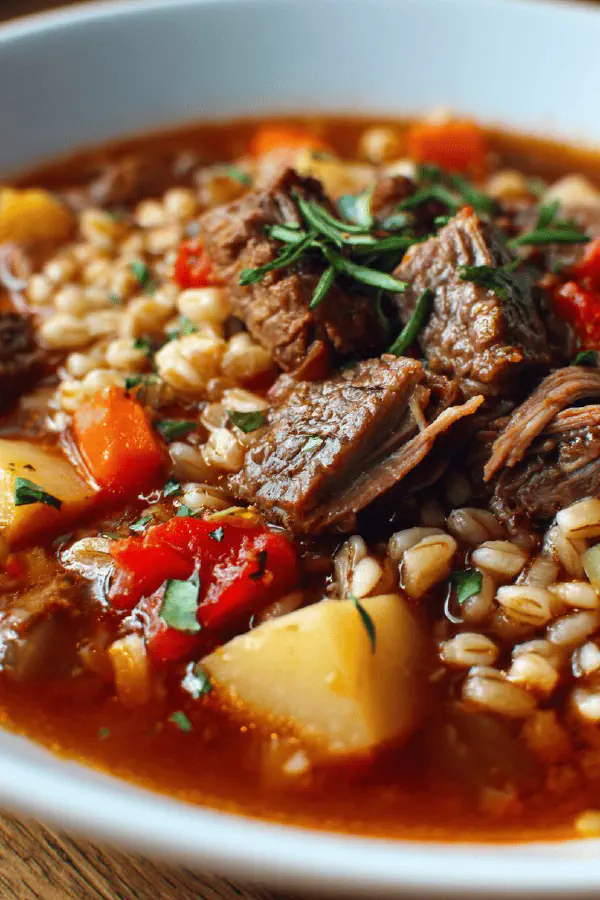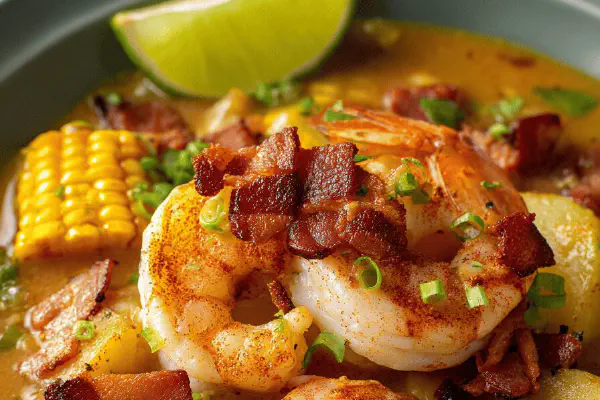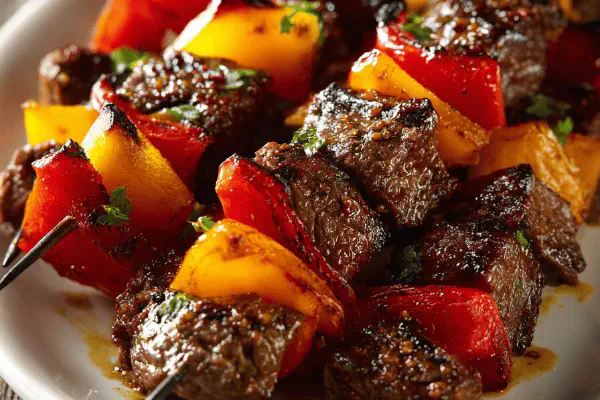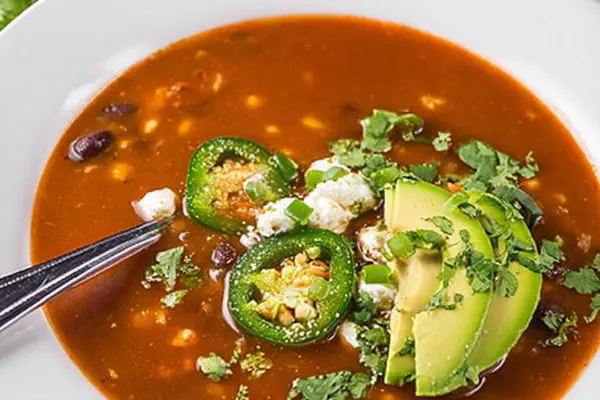Featured Recipe
Beef Barley Pressure Soup

By Kate
"
Hearty beef and barley soup made fast in a pressure cooker. Uses chuck with bone for meaty depth, browned for flavor. Veggies softened to tender with garlic and bell pepper twist. Simmered under pressure for quick cooking, finishing with shredded meat back in broth for texture. Swap chicken broth for veggie stock if needed. Use pearl barley rinsed well, cooks tender but chewy. Perfect for cold nights. Easy seasoning adjustments after cooking. Robust, simple, no dairy or nuts.
"
Prep:
10 min
Cook:
30 min
Total:
40 min
Serves:
6 servings
soup
beef
pressure cooker
cold weather meals
easy recipes
Introduction
Cold snap hits, need warmed bones not fuss. Beef with bone in pressure cooker never lies; deep flavors from marrow meld into broth. Not just brown, sear thorough to build base. Pearl barley’s chewy bite cuts through softness of slow-cooked veg—adds substance. Swap bell peppers instead of bland celery stalk alone, dimension in color and scent. Garlic pressed early means aroma spreads, but watch burns—those bits get bitter fast. Pressure cooker shortens hours into minutes; patience needed when releasing pressure naturally. Taste at end, salt sparingly, barley swells nuances. One pot is magic, simple tweaks turn it rustic or refined. Embrace imperfect textures, soup’s character in every spoon.
Ingredients
About the ingredients
Beef chuck works best; fatty enough to render without drying out, bone adds flavor. If you can’t find with bone, use boneless chuck but add beef stock cubes for depth. Pearl barley rinsed to remove starch, ensures it doesn’t clump or become gluey; soak ahead if time allows to tenderize further. Replace chicken broth with vegetable broth for vegetarian version, add smoked paprika for smoky twist. Red bell pepper instead of yellow brings slightly sweet, tangy pop but any pepper on hand works. Oil quantity modest but enough to brown meat well and sauté veggies thoroughly. Salt is restrained at start; barley soaks it all up—adjust once cooking’s finished.
Method
Technique Tips
Searing meat is essential—don’t rush or crowd pot to avoid steaming. Perfect browning clues: crusted edges with caramelized smell. Softer veggies with slight sear deepen flavors, don’t overcook or they’ll dissolve in pressure phase. Garlic added last in sauté step: too early burns, ruins soup; too late misses aroma. Deglazing with tomatoes scrapes flavorful caramel off bottom—key to layered taste. Pressure cooking 30 minutes sets barley chewy but tender; longer makes mush, shorter leaves hardness. Natural pressure release keeps meat moist and broth clear—fast vent risks tough meat and cloudy soup. Shredding beef before returning to pot distributes protein evenly. Final seasoning essential after cooking; soup thickens as it cools so thin as needed with broth or water. Serve piping hot to best taste and texture.
Chef's Notes
- 💡 Searing beef is key. No steaming! Crust is vital. Heat pot properly before adding oil. Wait till edges brown; that’s flavor building. Don’t cramp the pot; keep space for browning, that caramelization—essential.
- 💡 Vegetables should soften but keep some structure. Stir often. Carrots and celery release sweetness, onions deepen flavor. Wait on garlic; too soon burns. Burnt garlic can ruin the aroma. Stir for scents without browning too much.
- 💡 Broth matters. Chicken or veggie; both work. Barley absorbs lots of salt. Use less at start for better control later. Look for size—pearl barley needs rinsing. Rinse to remove starch buildup. Prevent clumping or gluey texture.
- 💡 Natural pressure release is best. Fast venting risks tough meat. Steamy results feel cozy, textures matter. Too quick, soup gets cloudy; let flavors meld slowly. Pressure cooking turns hours into minutes, but patience rewards big time.
- 💡 Final touch? Adjust seasoning after cooking. Barley thickens soup as it cools. Add broth to loosen when reheating. Often tastes better next day—flavors mingle and develop. Splash in more liquid if needed.
Kitchen Wisdom
Can I use other meats?
Sure, chicken or turkey works. Adjust cooking times down a bit. White meats need less time—don’t get tough. Cook less if using lean cuts.
What about frozen veggies?
Good choice, keep in mind moisture levels. Frozen can water down soup slightly. Adjust broth or seasoning as needed. Frozen veggies may cook faster, check them visually.
How to store leftovers?
Refrigerate up to three days, for longer freeze portions. Use airtight containers, label clearly. Soup thickens with time, add broth or water to regain texture.
Troubleshooting barley texture?
If too mushy, next time reduce time or avoid overcooking on release. Check cooking phases closely; don’t let pearl barley get too soft.



